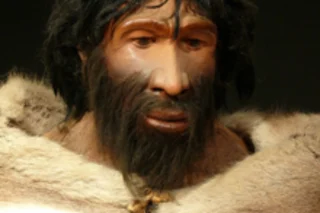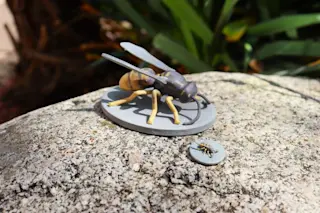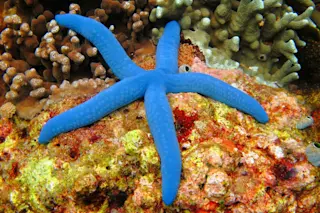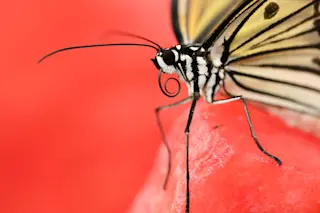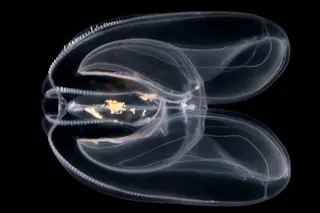Over the past few years, several studies have illuminated some of what happened during the brief period when modern humans and Neanderthals overlapped in Europe, with genetic analyses showing that the two groups interbred tens of thousands of years ago (though not frequently) and ancient remains suggesting that modern humans fought and---more controversially---ate their prominent-browed contemporaries. It seems that humans and Neanderthals made occasional love and intermittent war, but what were those interludes of interaction actually like? What was going on inside those distinctive crania? It's a tricky question to answer---behavior doesn't fossilize---but anthropologist Thomas Wynn and psychologist Frederick L. Coolidge combine genetic and anthropological evidence with a healthy dose of well-informed speculation to offer an intriguing picture of how Neanderthals may have lived, thought, felt, and acted. Wynn & Coolidge have a new book out on the subject, and they share a condensed version of their theory at New ...
Cracking Open the Neanderthal Personality
Explore the intriguing interactions between Neanderthals and modern humans, including their behaviors and cognitive abilities.
More on Discover
Stay Curious
SubscribeTo The Magazine
Save up to 40% off the cover price when you subscribe to Discover magazine.
Subscribe

